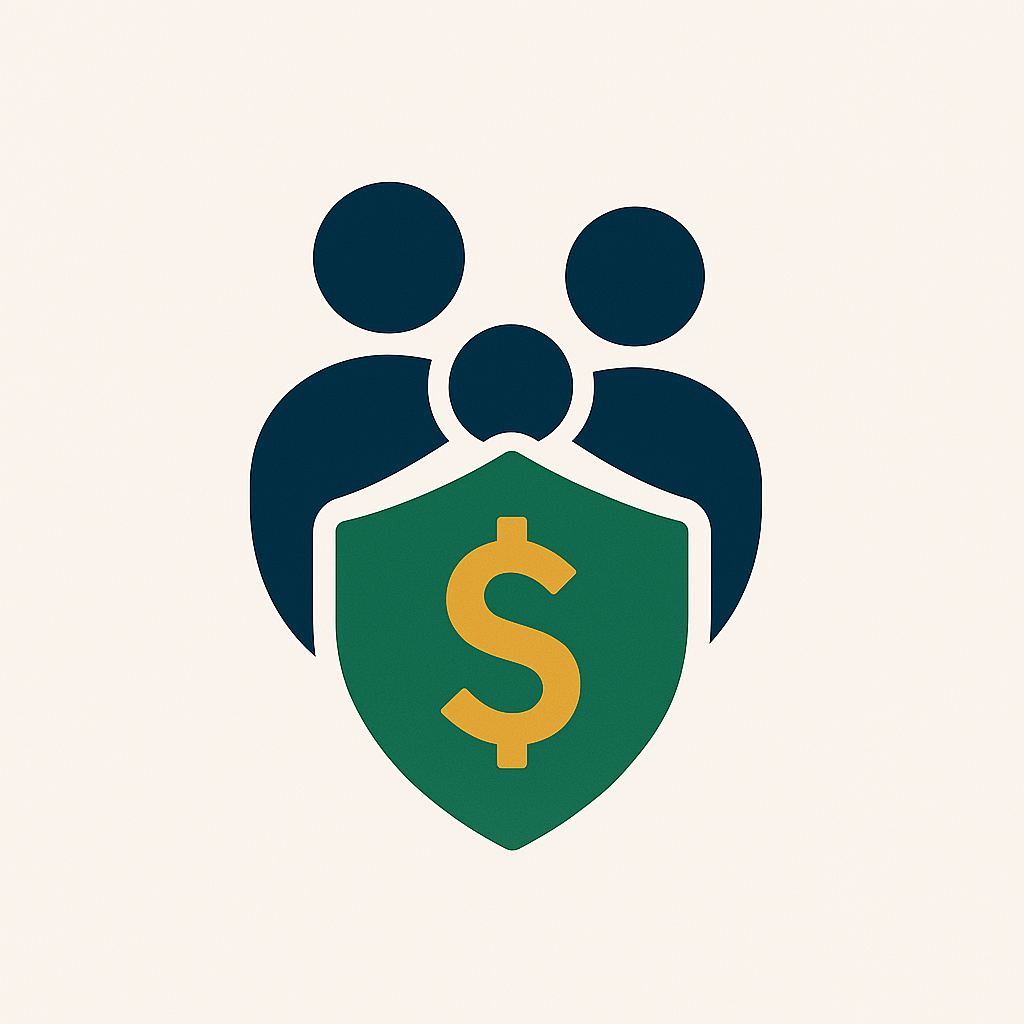My Realistic Monthly Budgeting Routine (A Breakdown)
Living within our means: Navigating the world of personal finance can feel overwhelming, especially when it comes to budgeting. But what if there was a way to create a routine that’s both realistic and achievable? Enter the My Realistic Monthly Budgeting Routine (A Breakdown) series, where we take a deep dive into the practical steps of budgeting for individuals of all financial backgrounds.
Breaking down the process:
Let’s take a step back and dissect the steps involved in constructing your personalized budget:
Step 1: Track your income:
Start by understanding your monthly income. This includes your salary, freelance earnings, interest, and any other sources of income.
Step 2: Assess your expenses:
Next, identify your monthly expenses. This includes fixed costs like rent, utilities, insurance, and subscriptions, as well as variable expenses like groceries, entertainment, and dining out.
Step 3: Prioritize your spending:
Now, the fun begins! This is where you get to decide where your money should go. Use your income and expenses to create a list of your top spending categories, then prioritize them based on their importance.
Step 4: Create your budget:
Using a budgeting app or pen and paper, develop a plan that allocates your income to your prioritized categories. Remember, flexibility is key, so adjust your plan as needed throughout the month.
Step 5: Track and adjust:
Use a budgeting app or a simple spreadsheet to monitor your spending throughout the month. Review your budget regularly to identify areas where you can save or cut back.
Step 6: Embrace automation:
Take things a step further by setting up automatic transfers for savings and bill payments. This ensures you’re consistently contributing towards your financial goals without even thinking about it.
The benefits of a realistic budget:
By following these steps, you can achieve several crucial benefits, including:
* Financial stability: Eliminating unnecessary expenses and building a solid savings buffer can help you achieve financial stability.
* Stress reduction: Knowing your finances are under control can alleviate financial stress and improve overall well-being.
* Reaching financial goals: By tracking your progress and working strategically, you can achieve your financial goals and reach your financial dreams.
A practical example:
Let’s say you earn $3000 per month, have a fixed rent of $1000, and enjoy dining out occasionally. Here’s a sample monthly budget breakdown:
| Category | Amount |
|—|—|
| Income | $3000 |
| Fixed expenses | $1000 |
| Variable expenses | $200 |
| Savings | $300 |
| Total | $3000 |
Remember: The key to success is finding a budgeting routine that works for you and adapting it as your financial situation evolves.
Start your budgeting journey today and take control of your finances! Share your experiences and questions in the comments below, and let’s build a supportive community of financial wellness.

Leave a Reply